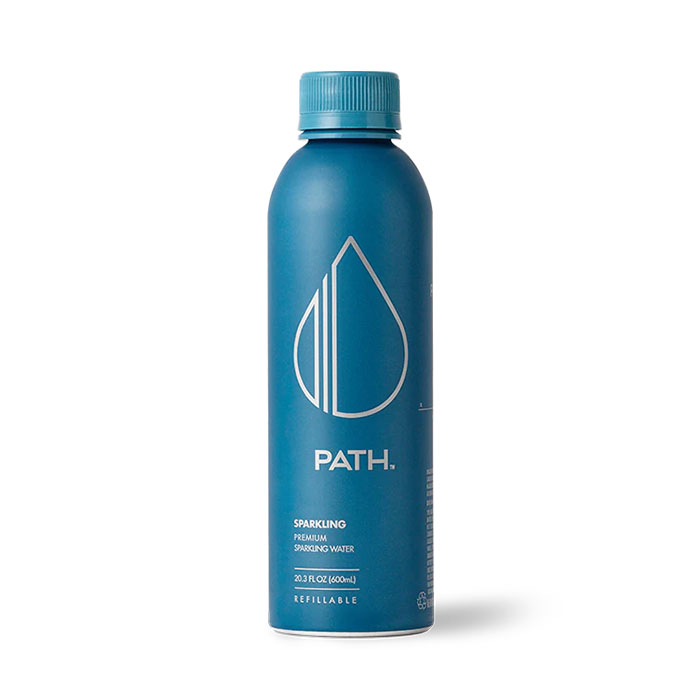
Path sparkling
7/100
- Lab Tested
- Yes
- Harmful Ingredients
- 8
- Nutrients
- 7
- Microplastics
- Minimal
Description
A sparkling water infused with natural flavors and electrolytes. It hydrates effectively and provides a refreshing taste without added sugars, but excessive consumption may lead to bloating or dental erosion due to acidity.
Contaminants
Barium
0.0013 mg/LCan lead to increased blood pressure, heart and nervous system problems, and long-term exposure may cause severe health effects like kidney damage and impacts on other organs.
Nitrate
0.24 mg/LHigh levels of nitrate in drinking water can cause methemoglobinemia, or "blue baby syndrome," in infants, a condition that reduces the blood's ability to carry oxygen . Long-term exposure to elevated nitrate levels has been associated with an increased risk of certain cancers, thyroid dysfunction, and potential reproductive issues .â
Aluminum
0.025 mg/LNeurological impacts such as cognitive impairment and an increased risk of developing conditions like Alzheimer's disease
Sulfate
1.6 mg/LCan cause diarrhea, especially in infants and unaccustomed individuals, pose risks to susceptible populations, and are subject to ongoing regulatory evaluation due to potential health effects.
Total Trihalomethanes
0.0033 mg/LCarcinogenicity, increased risk of bladder cancer, potential liver and kidney toxicity, possible reproductive effects, environmental contaminant
Bromodichloromethane
0.0013 mg/LPotential carcinogen, liver toxicity, kidney toxicity, reproductive toxicity, suspected endocrine disruptor
Chloroform
0.0012 mg/LClassified as a probable human carcinogen, with potential risks including increased cancer risk and negative effects on the liver, kidneys, and central nervous system upon prolonged exposure.
Chlorodibromomethane
0.0008 mg/LLimited evidence of carcinogenicity in animals, genotoxic and mutagenic effects in various test systems, and toxic effects on the liver, kidney, immune system, and thyroid in high-dose animal studies
Ingredients & Minerals
Boron
0.069 mg/LSupports bone health, regulates inflammatory response, assists in mineral metabolism, may benefit cognitive function
Calcium
2.8 mg/LSupports bone health, essential for muscle function, vital for nerve transmission, important for cardiovascular health
Chloride
5.3 mg/LEssential electrolyte, supports fluid balance, supports nervous system function, supports muscle function
Magnesium
0.8 mg/LSupports energy metabolism, improves muscle and nerve function, promotes bone health, helps regulate blood pressure, may reduce risk of type 2 diabetes, supports cardiovascular health
Potassium
23.9 mg/LSupports cardiovascular health, helps regulate blood pressure, essential for nerve and muscle function, reduces risk of stroke
Sodium
4.3 mg/LEssential electrolyte, supports nerve function, maintains fluid balance
- 17.7